Instruction
How to Write Your Own Golf Fitness Program
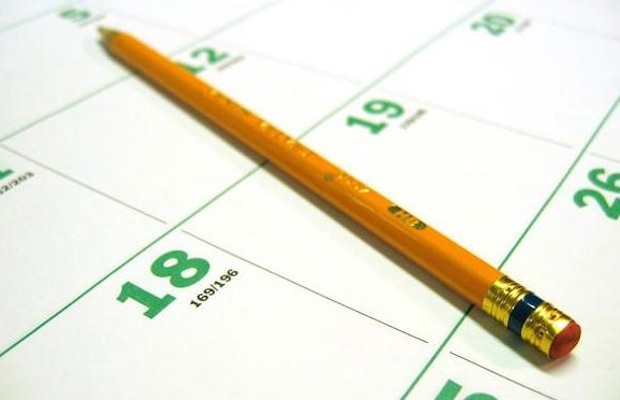
This story is part of our new “GolfWRX Guides,” a how-to series created by our Featured Writers and Contributors — passionate golfers and golf professionals in search of answers to golf’s most-asked questions.
Designing your own comprehensive golf fitness program is not all that easy, as I talked about in my story “What should be in your golf fitness program?” In fact, it’s more complex than you’d think and really requires specialist knowledge and experience to put a program together that will target the right areas, in the right order, at the right intensity.
That’s where I come in! I wrote this piece to give you a clearer idea of what to do, how much to do and when to do it. From there, you can either seek professional advice or simply go ahead and make your own program. Just be aware that, like your golf game, you will almost always achieve a better result when you get professional help!
What’s the goal?
In almost every program I write there is an attempt to improve the golfer’s physical capabilities across four different athletic attributes:
- Mobility/Flexibility
- Posture/Movement Patterns
- Stability
- Strength/Power
Most golf fitness experts can all agree that these four areas are essential to improving the athleticism of a golfer’s swing. We need a certain level of all four in order to make an efficient and powerful move.
The order of those four attributes isn’t random, by the way. I have arranged them in the same sequence that I often use for the exercises that aim to develop them. Here’s an explanation of what I include in my programs and why.
Release/Self Massage
This goes first because we really want to free up the connective tissue that contributes to forming adhesions, tight spots and general shortness in our muscles. Using equipment like spiky balls or foam rollers and techniques like the one demonstrated below, we can alleviate trigger points and soreness from the muscles and generally prep the area for exercise. My colleagues and I consider this so important that it is absolutely non-negotiable at the start of every single training session for Golf Queensland and Golf Australia athletes.
Example Exercises: Spiky ball/foam roll various areas of the body that get sore and/or tight. This is a release for the glutes and hip external rotators.
Cardio
Next up is a spot of cardio. It’s main purpose is to warm up the body and increase heart and respiratory rate. This increased blood flow will provide the muscles with nice oxygenated blood and warm tendons and ligaments ready for the exercise movements they are about to make.
Example exercises: Skipping, boxing, running, rowing: Whatever you like really!
Dynamic Mobility
Our body is now warm from the cardio, so it’s the perfect time to work on our mobility. The reason I use dynamic mobility is to encourage the joints and muscles through a range of motion that is relevant to the movements we make in the gym, life and the golf swing (i.e not lying on your back with leg in the air). We can also use this section to work on stability of the hips, core and shoulders if we are smart with the exercise selection and application.
Example exercises: Inch worm, prone step ups, hindu push ups, legs swings, dislocates.
Activation
This is another non-negotiable for my athletes. It’s so important to have the correct muscles “turned on” and ready to work. The three key areas for golf and for the gym are glutes, scapula/upper back and core. If these aren’t switched on and ready to go, then other muscles will have to overwork and compensate. This leads to poor technique first and injury second. These type of exercises, combined with the three categories above, make for a really good golf warm-up, too!
Example exercises: Crab walk variations, tubing/band drills, jump and stick.
Power
The body is primed and ready to go, but still fresh and with little metabolic or neural fatigue (tiredness). Time to move some load fast! This doesn’t have to mean throwing barbells around, however, as very often a lighter load like a medball or just bodyweight is more than enough. I often use a combination of jumps and throws that get the whole body moving fast as a unit.
Example exercises: Medicine ball slams and throws, squat and lateral jumps and dumbbell power snatch.
STRENGTH
Now we are getting to the guts of the session. Again, load should be relative to ability and experience and technique should be a high priority.
Essentially, this is where we are working hard and making gains. The strength work I prescribe focuses of on posterior chain (hamstrings, butt, back) with pulling and pushing movements in different directions and varieties.
Example exercises: Squats, lunges, deadlift variations (rarely using the standard barbell deadlift from floor these days), dumbbell press variations, chin-ups, rows, overhead press variations.
Core
We all know the importance of core strength for golfers and now is the best time to isolate this area and put in some extra work here. I consider “3D” core training essential, and I aim to achieve this through prescribing exercises that challenge the core from front to back, side to side and also working against rotational resistance.
Here some example exercises that work the body in “3D.”
- Front to Back: Leg lifts, V Sits, Bridges, Back Extensions
- Side to Side: Side bridges, Side Hip Raises
- Rotational Resistance: Pallof press, Woodchops, Lying Turnovers
How much and how often?
So you have the right order of exercises and a selection of good ones to have a go at. Now we just need to work out how many reps you should do and how often you need to train.
Self Massage and Release
- 2-to-3 areas of the body for 5-to-10 minutes
Cardio
- 5-to-10 minutes
Dynamic Mobility
- A mini circuit of 5-to-6 exercises that are done for 6-to-8 reps. Repeat twice.
Activation
- A mini circuit of 2-to-3 exercises that are done for 10-to-12 reps. Repeat twice.
Power
- 2 exercises (1 jump, 1 throw). 5 reps each and 3 sets.
Strength
- 4 exercises (1 squat, 1 lunge, 1 push, 1 pull). 8-to-10 reps each. 3 sets.
Core
- 3 exercises (one in each “dimension”). 8-to-10 reps or 30-to-60 seconds for each exercise. 3 sets.
Frequency / Intensity
Repeat this session 2 or 3 times per week depending on your level of ability and experience. Always use a load that allows you to complete the rep range with good form and technique.
How Does it Come Together?
To see what it looks like when put into a plan, check out the two example workouts below that have been extracted from a full program planned for four weeks. The first is aimed at a complete gym novice and the second targets the lower body of a moderately experienced gym the user (more than one year).
Click on the example workouts to make them larger.
Beginner
Intermediate
You should now have the basic tools to be able to construct a gym program for yourself. Before you start, however, it’s a very good idea to seek professional advice. Remember these are rough and generic guidelines and might not apply directly to you.
Please feel free to ask questions in the comments section below and I will do my best to answer any queries. If you would like more specific information or a program more tailored to you then contact me directly through email — nick@golfitapp.com — or check out what we have to offer at www.golffitapp.com.
Disclaimer: Always gain clearance for your training from a doctor or well-qualified exercise professional before commencement of an exercise regime.
Instruction
The Wedge Guy: Beating the yips into submission

There may be no more painful affliction in golf than the “yips” – those uncontrollable and maddening little nervous twitches that prevent you from making a decent stroke on short putts. If you’ve never had them, consider yourself very fortunate (or possibly just very young). But I can assure you that when your most treacherous and feared golf shot is not the 195 yard approach over water with a quartering headwind…not the extra tight fairway with water left and sand right…not the soft bunker shot to a downhill pin with water on the other side…No, when your most feared shot is the remaining 2- 4-foot putt after hitting a great approach, recovery or lag putt, it makes the game almost painful.
And I’ve been fighting the yips (again) for a while now. It’s a recurring nightmare that has haunted me most of my adult life. I even had the yips when I was in my 20s, but I’ve beat them into submission off and on most of my adult life. But just recently, that nasty virus came to life once again. My lag putting has been very good, but when I get over one of those “you should make this” length putts, the entire nervous system seems to go haywire. I make great practice strokes, and then the most pitiful short-stroke or jab at the ball you can imagine. Sheesh.
But I’m a traditionalist, and do not look toward the long putter, belly putter, cross-hand, claw or other variation as the solution. My approach is to beat those damn yips into submission some other way. Here’s what I’m doing that is working pretty well, and I offer it to all of you who might have a similar affliction on the greens.
When you are over a short putt, forget the practice strokes…you want your natural eye-hand coordination to be unhindered by mechanics. Address your putt and take a good look at the hole, and back to the putter to ensure good alignment. Lighten your right hand grip on the putter and make sure that only the fingertips are in contact with the grip, to prevent you from getting to tight.
Then, take a long, long look at the hole to fill your entire mind and senses with the target. When you bring your head/eyes back to the ball, try to make a smooth, immediate move right into your backstroke — not even a second pause — and then let your hands and putter track right back together right back to where you were looking — the HOLE! Seeing the putter make contact with the ball, preferably even the forward edge of the ball – the side near the hole.
For me, this is working, but I am asking all of you to chime in with your own “home remedies” for the most aggravating and senseless of all golf maladies. It never hurts to have more to fall back on!
Instruction
Looking for a good golf instructor? Use this checklist

Over the last couple of decades, golf has become much more science-based. We measure swing speed, smash factor, angle of attack, strokes gained, and many other metrics that can really help golfers improve. But I often wonder if the advancement of golf’s “hard” sciences comes at the expense of the “soft” sciences.
Take, for example, golf instruction. Good golf instruction requires understanding swing mechanics and ball flight. But let’s take that as a given for PGA instructors. The other factors that make an instructor effective can be evaluated by social science, rather than launch monitors.
If you are a recreational golfer looking for a golf instructor, here are my top three points to consider.
1. Cultural mindset
What is “cultural mindset? To social scientists, it means whether a culture of genius or a culture of learning exists. In a golf instruction context, that may mean whether the teacher communicates a message that golf ability is something innate (you either have it or you don’t), or whether golf ability is something that can be learned. You want the latter!
It may sound obvious to suggest that you find a golf instructor who thinks you can improve, but my research suggests that it isn’t a given. In a large sample study of golf instructors, I found that when it came to recreational golfers, there was a wide range of belief systems. Some instructors strongly believed recreational golfers could improve through lessons. while others strongly believed they could not. And those beliefs manifested in the instructor’s feedback given to a student and the culture created for players.
2. Coping and self-modeling can beat role-modeling
Swing analysis technology is often preloaded with swings of PGA and LPGA Tour players. The swings of elite players are intended to be used for comparative purposes with golfers taking lessons. What social science tells us is that for novice and non-expert golfers, comparing swings to tour professionals can have the opposite effect of that intended. If you fit into the novice or non-expert category of golfer, you will learn more and be more motivated to change if you see yourself making a ‘better’ swing (self-modeling) or seeing your swing compared to a similar other (a coping model). Stay away from instructors who want to compare your swing with that of a tour player.
3. Learning theory basics
It is not a sexy selling point, but learning is a process, and that process is incremental – particularly for recreational adult players. Social science helps us understand this element of golf instruction. A good instructor will take learning slowly. He or she will give you just about enough information that challenges you, but is still manageable. The artful instructor will take time to decide what that one or two learning points are before jumping in to make full-scale swing changes. If the instructor moves too fast, you will probably leave the lesson with an arm’s length of swing thoughts and not really know which to focus on.
As an instructor, I develop a priority list of changes I want to make in a player’s technique. We then patiently and gradually work through that list. Beware of instructors who give you more than you can chew.
So if you are in the market for golf instruction, I encourage you to look beyond the X’s and O’s to find the right match!
Instruction
What Lottie Woad’s stunning debut win teaches every golfer

Most pros take months, even years, to win their first tournament. Lottie Woad needed exactly four days.
The 21-year-old from Surrey shot 21-under 267 at Dundonald Links to win the ISPS Handa Women’s Scottish Open by three shots — in her very first event as a professional. She’s only the third player in LPGA history to accomplish this feat, joining Rose Zhang (2023) and Beverly Hanson (1951).
But here’s what caught my attention as a coach: Woad didn’t win through miraculous putting or bombing 300-yard drives. She won through relentless precision and unshakeable composure. After watching her performance unfold, I’m convinced every golfer — from weekend warriors to scratch players — can steal pages from her playbook.
Precision Beats Power (And It’s Not Even Close)
Forget the driving contests. Woad proved that finding greens matters more than finding distance.
What Woad did:
• Hit it straight, hit it solid, give yourself chances
• Aimed for the fat parts of greens instead of chasing pins
• Let her putting do the talking after hitting safe targets
• As she said, “Everyone was chasing me today, and managed to maintain the lead and played really nicely down the stretch and hit a lot of good shots”
Why most golfers mess this up:
• They see a pin tucked behind a bunker and grab one more club to “go right at it”
• Distance becomes more important than accuracy
• They try to be heroic instead of smart
ACTION ITEM: For your next 10 rounds, aim for the center of every green regardless of pin position. Track your greens in regulation and watch your scores drop before your swing changes.
The Putter That Stayed Cool Under Fire
Woad started the final round two shots clear and immediately applied pressure with birdies at the 2nd and 3rd holes. When South Korea’s Hyo Joo Kim mounted a charge and reached 20-under with a birdie at the 14th, Woad didn’t panic.
How she responded to pressure:
• Fired back with consecutive birdies at the 13th and 14th
• Watched Kim stumble with back-to-back bogeys
• Capped it with her fifth birdie of the day at the par-5 18th
• Stayed patient when others pressed, pressed when others cracked
What amateurs do wrong:
• Get conservative when they should be aggressive
• Try to force magic when steady play would win
• Panic when someone else makes a move
ACTION ITEM: Practice your 3-6 foot putts for 15 minutes after every range session. Woad’s putting wasn’t spectacular—it was reliable. Make the putts you should make.
Course Management 101: Play Your Game, Not the Course’s Game
Woad admitted she couldn’t see many scoreboards during the final round, but it didn’t matter. She stuck to her game plan regardless of what others were doing.
Her mental approach:
• Focused on her process, not the competition
• Drew on past pressure situations (Augusta National Women’s Amateur win)
• As she said, “That was the biggest tournament I played in at the time and was kind of my big win. So definitely felt the pressure of it more there, and I felt like all those experiences helped me with this”
Her physical execution:
• 270-yard drives (nothing flashy)
• Methodical iron play
• Steady putting
• Everything effective, nothing spectacular
ACTION ITEM: Create a yardage book for your home course. Know your distances to every pin, every hazard, every landing area. Stick to your plan no matter what your playing partners are doing.
Mental Toughness Isn’t Born, It’s Built
The most impressive part of Woad’s win? She genuinely didn’t expect it: “I definitely wasn’t expecting to win my first event as a pro, but I knew I was playing well, and I was hoping to contend.”
Her winning mindset:
• Didn’t put winning pressure on herself
• Focused on playing well and contending
• Made winning a byproduct of a good process
• Built confidence through recent experiences:
- Won the Women’s Irish Open as an amateur
- Missed a playoff by one shot at the Evian Championship
- Each experience prepared her for the next
What this means for you:
• Stop trying to shoot career rounds every time you tee up
• Focus on executing your pre-shot routine
• Commit to every shot
• Stay present in the moment
ACTION ITEM: Before each round, set process goals instead of score goals. Example: “I will take three practice swings before every shot” or “I will pick a specific target for every shot.” Let your score be the result, not the focus.
The Real Lesson
Woad collected $300,000 for her first professional victory, but the real prize was proving that fundamentals still work at golf’s highest level. She didn’t reinvent the game — she simply executed the basics better than everyone else that week.
The fundamentals that won:
• Hit more fairways
• Find more greens
• Make the putts you should make
• Stay patient under pressure
That’s something every golfer can do, regardless of handicap. Lottie Woad just showed us it’s still the winning formula.
FINAL ACTION ITEM: Pick one of the four action items above and commit to it for the next month. Master one fundamental before moving to the next. That’s how champions are built.
PGA Professional Brendon Elliott is an award-winning coach and golf writer. You can check out his writing work and learn more about him by visiting BEAGOLFER.golf and OneMoreRollGolf.com. Also, check out “The Starter” on RG.org each Monday.
Editor’s note: Brendon shares his nearly 30 years of experience in the game with GolfWRX readers through his ongoing tip series. He looks forward to providing valuable insights and advice to help golfers improve their game. Stay tuned for more Tips!











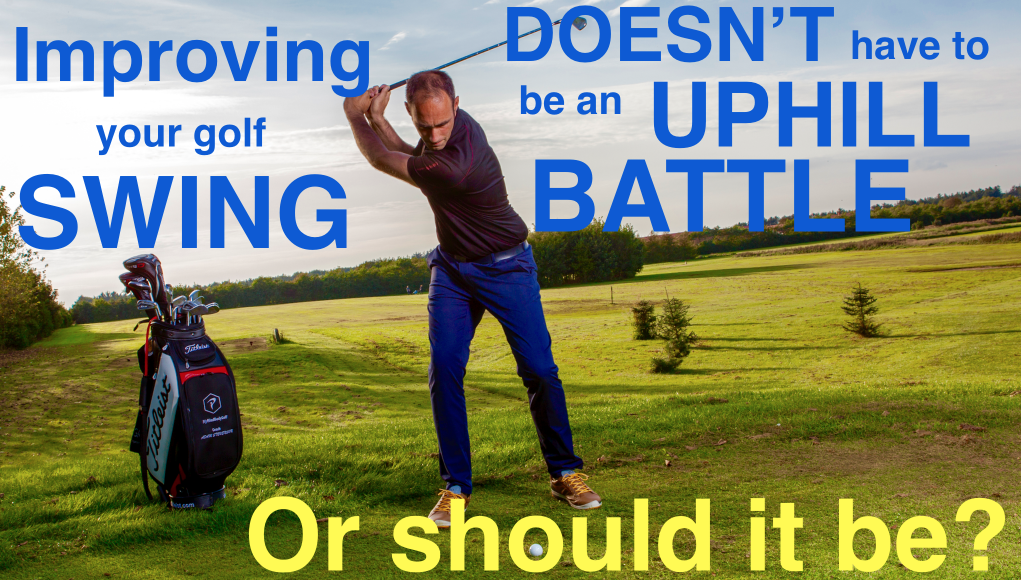
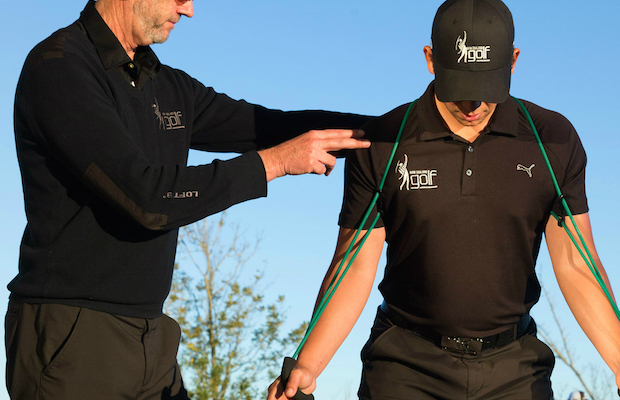
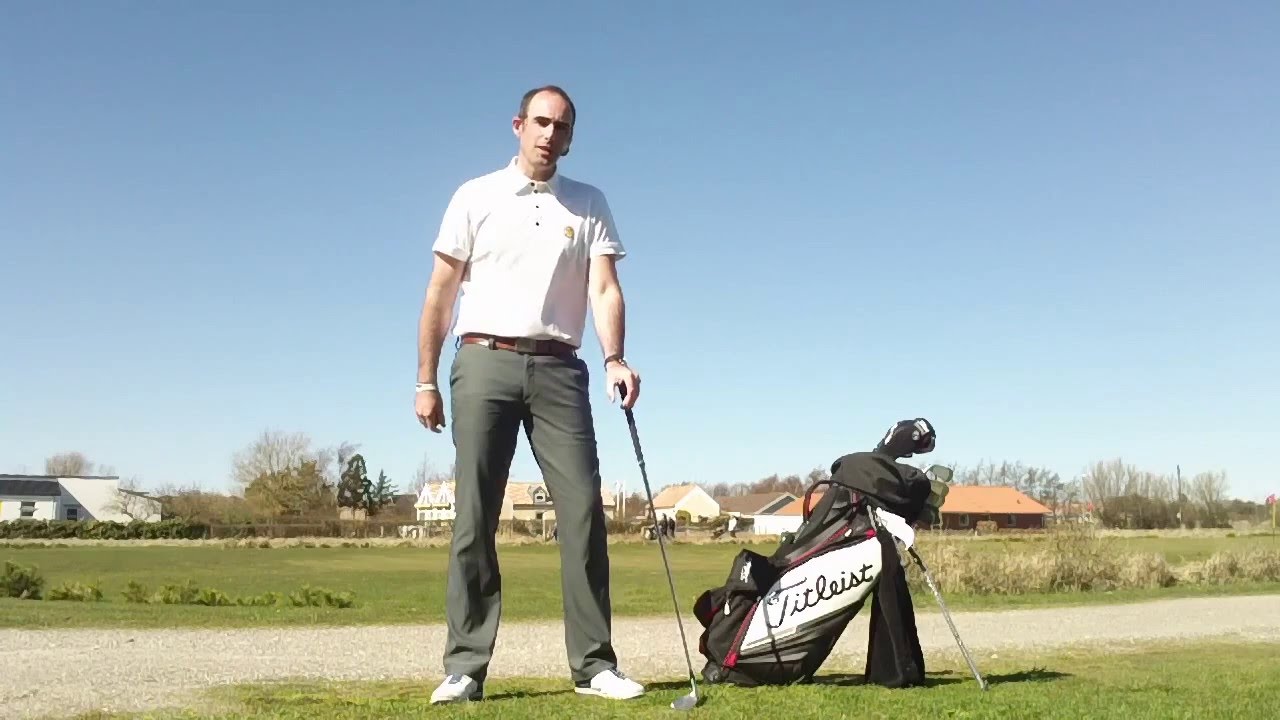
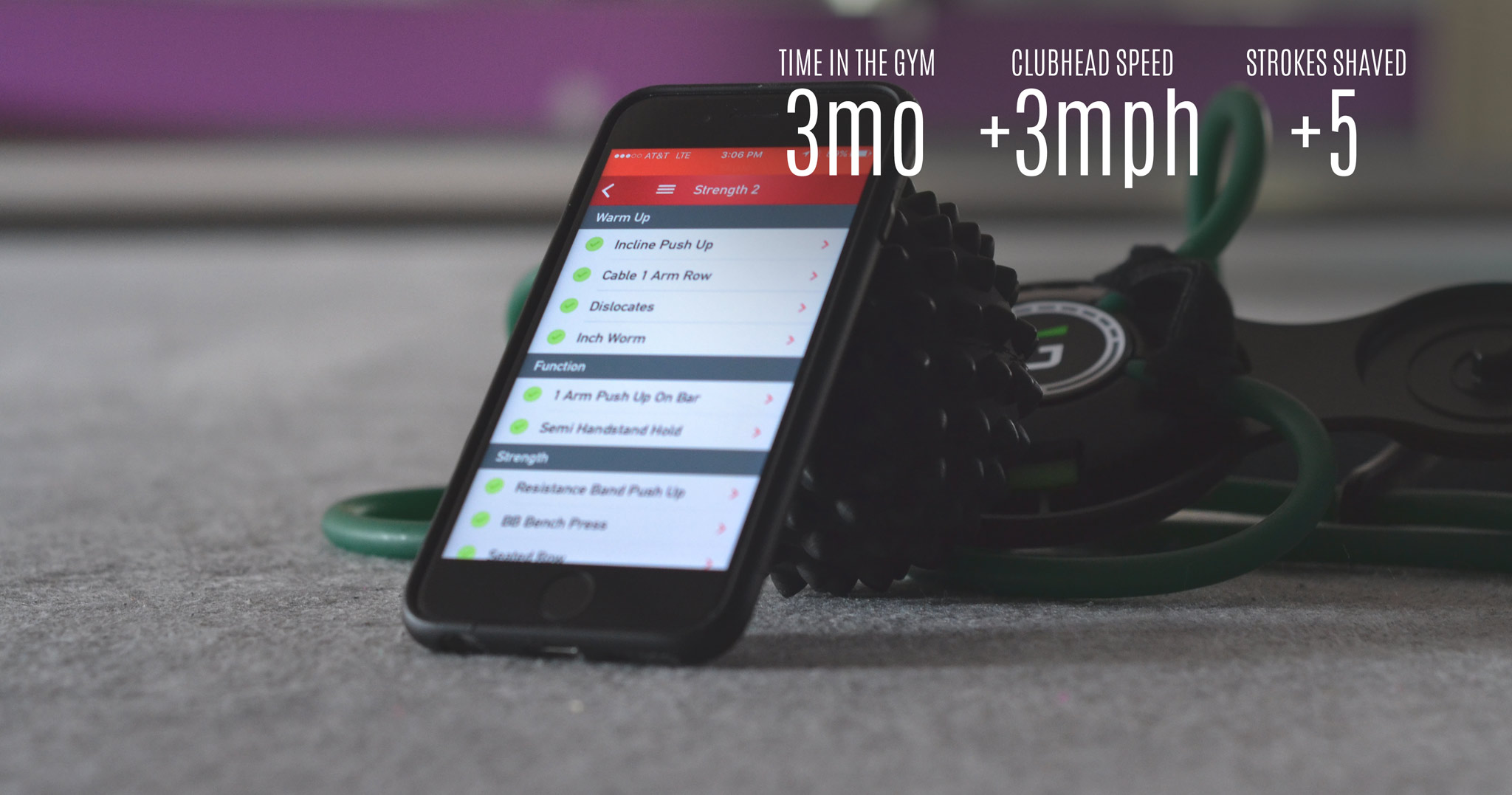
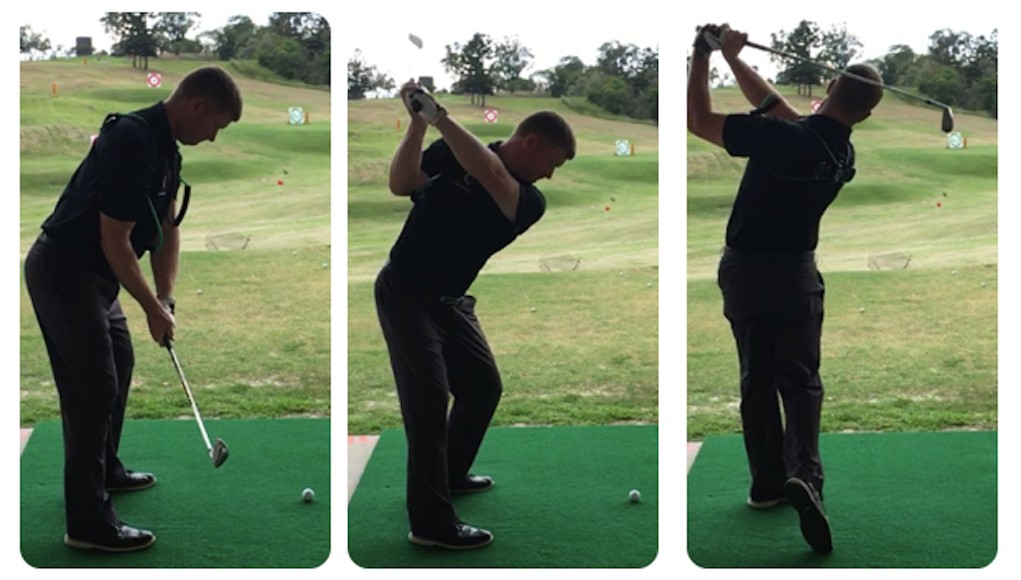
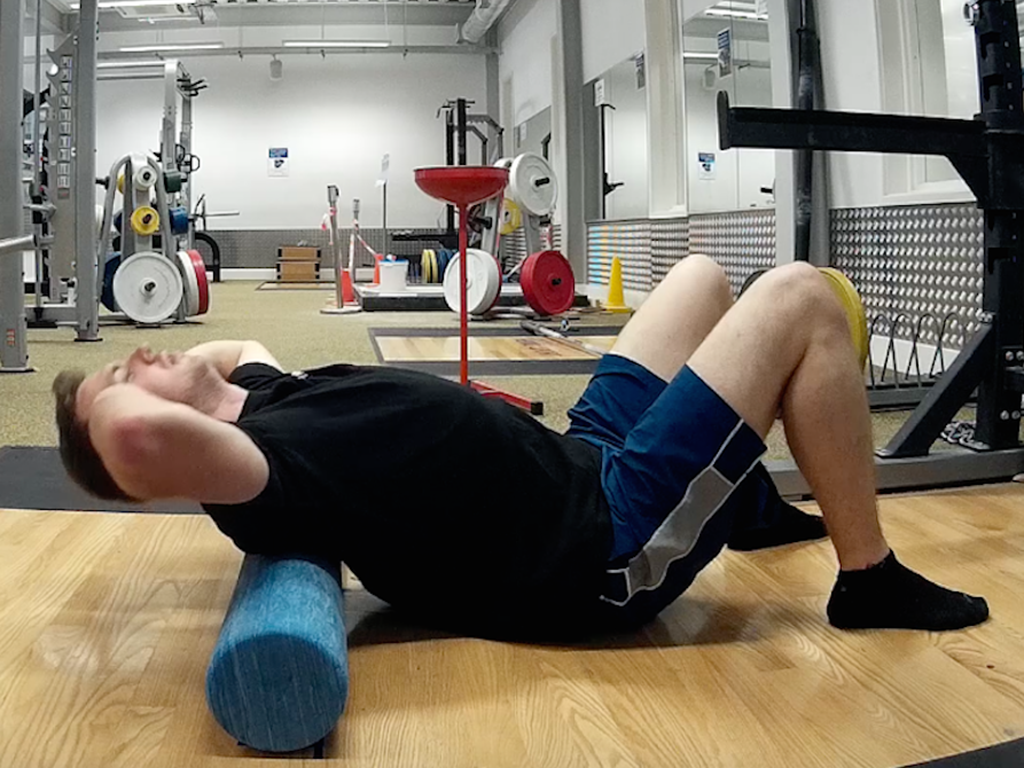








Pingback: Programming Your Fitness - The Golf Shop Online Blog
James
Nov 15, 2014 at 10:01 pm
Living in Wisconsin and it being winter I started a custom program through him to get fit for next golf season. I have never been a “gym guy” but I absolutely love the workouts. The workouts have detailed instructions and are easy to follow. When I’m done I can feel it. I’m really looking forward to seeing how much I improve in 6 months with my strength,mobility and core strength as I have never been a gym person.
Pat
Nov 16, 2014 at 11:32 am
It’s going to take more than 6 months to see anything significant, buddy. But hey, it’s a starting point for someone who’s never been gym rat. Glad to see more people like you taking action and actually implementing a gym program for golf. I hope Nick also included a stretching program for you. If not, you should implement one as it is critical for mobility and injury prevention. Nothing exotic or crazy hard, just basic stretches for a minute for each muscle group is fine. Yoga stances are also very good as well but would be for a more advanced individual. Anyways, good luck and I hope you see some real results on the course once winter passes through.
James
Nov 16, 2014 at 3:08 pm
Without going into details I can tell you that there is a very indepth stretching incorporated in the workout. Being a ex semi pro Cyclist who has had a coach monitoring everything I ate, did on the bike and such, I am impressed with the details involved in the program.
James
Nov 16, 2014 at 3:12 pm
I have on my own been taking some yoga classes twice a week at the gym. Very tough some of the positions. I think Nick does a great job of putting the workout together for me. I am excited. I would believe for someone who doesn’t workout and has very little muscle mass from being small from cycling that I will see a significant increase in power in 6 months.
Like you said it’s good to see people taking a active approach to improving fitness and decreasing the chances of injury.
James
Nov 16, 2014 at 3:26 pm
I have on my own been taking some yoga classes twice a week at the gym. Very tough some of the positions. I think Nick does a great job of putting the workout together for me. I am excited. I would believe for someone who doesn’t workout and has very little muscle mass from being small from cycling that I will see a significant increase in power in 6 months.
Like you said it’s good to see people taking a active approach to improving fitness and decreasing the chances of injury.
Read more at http://www.golfwrx.com/206601/how-to-write-your-own-golf-fitness-program/comment-page-1/#jPjcEmzfodTzIOZL.99
Pat
Nov 15, 2014 at 8:38 pm
You forgot stretching which is a very critical part of flexibility and injury prevention. I have incorporated all the phases of training for golf mentioned in your program, plus stretching and I have gone from a 110mph swing all the way up to 133mph at one point. Used to do Japan’s long drive comps many years ago. Now I can still hit 122mph regularly. I also do more volume for strength training probably because of my bodybuilding backround. Overall a good basic article for training for golf. I understand that you don’t want to go into too many specifics because you charge people for that. I still commend you for at least getting the basic info out there for the general public out there that way they have a starting point.
Pat
Nov 16, 2014 at 11:37 am
Btw, I am a certified pt and have my ACE certification. I have also taken body biometrics, anatomy and other kinetic/exercises related classes in college. I have extensive knowledge especially when it comes to golf related exercise and bodybuilding. I have trained mini tour players, bodybuilders and highly regarded high school amateur golfers in the past. Anyone who is interested in my expertise can pm me through here. My screen name is phizzy30.
marcel
Dec 3, 2014 at 12:03 am
yeah the article touches the basics in the right way. I have improved my golf just by doing fitness program. but i kept doing the 1st one for 12 weeks and journaled progress. now I am almost 12 months with break only for 3 weeks so far… golf improved… lots of dead lifts, squats and single arm exercises.